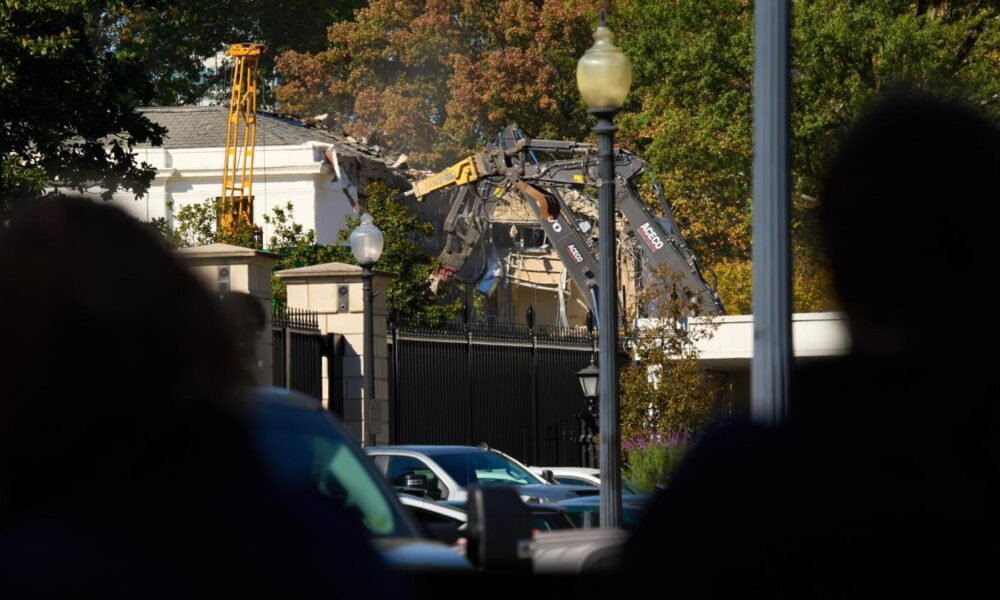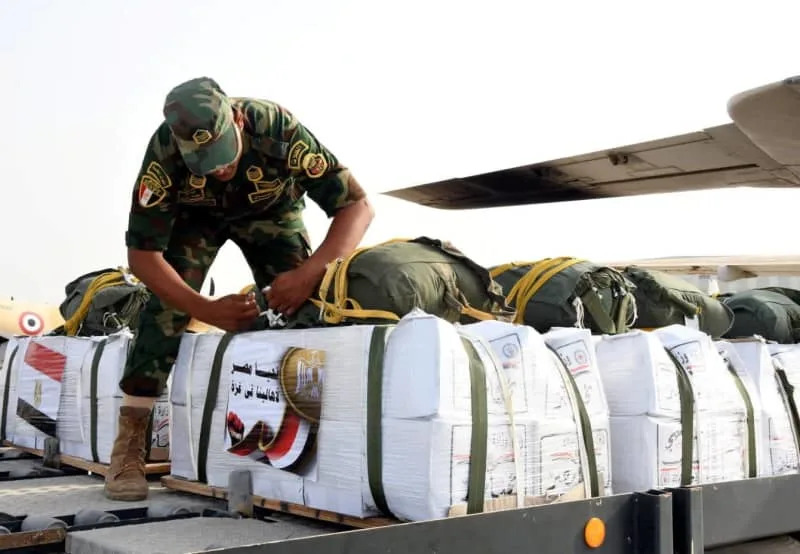Typhoon Kalmaegi has wreaked havoc in the central Philippines, leading to at least 114 confirmed deaths and leaving countless others unaccounted for. This storm, the deadliest of the year in the country, has displaced tens of thousands of people as it decimated neighborhoods, particularly in Cebu province, a region popular with tourists. As residents confront the immense task of salvaging belongings from the thick mud and debris, the storm continues its advance over the South China Sea toward Vietnam’s coast.
As of now, Typhoon Kalmaegi has intensified to the equivalent of a Category 4 Hurricane, with wind speeds reaching 215 kph (130 mph). It is expected to make landfall in central Vietnam on Thursday evening, threatening areas still recovering from severe flooding and landslides caused by recent heavy rains. In addition, another storm, designated Fung-Wong, is forecasted to develop into a dangerous system over the weekend, potentially exacerbating the situation in northern Luzon, Philippines.
Widespread Destruction and Human Impact
The extent of destruction in Cebu province and nearby areas has shocked both locals and officials. Drone footage revealed catastrophic flooding, turning streets into rivers and submerging homes and vehicles. In Talisay City, entire neighborhoods have been flattened, while communities near the Mananga River are buried under mud. Rescue efforts are ongoing, with workers navigating waist-deep water to assist trapped residents.
Residents are grappling with the aftermath. “We don’t have any home anymore. We weren’t able to salvage anything from our house,” said Mely Saberon, a 52-year-old resident of Talisay. Another survivor, Marlon Enriquez, 58, highlighted the unprecedented speed of the flooding, stating, “I’ve been living here for almost 16 years and it was the first time I’ve experienced the flooding.”
In response to the crisis, Philippine President Ferdinand Marcos Jr. declared a state of national calamity, ensuring ongoing relief efforts. This disaster follows a powerful magnitude 6.9 earthquake in Cebu just a month ago, which killed at least 74 people and displaced thousands.
Understanding the Storm’s Severity
While the Philippines frequently faces typhoons, Kalmaegi made landfall as a Category 2 hurricane and is the 20th named storm to impact the country this year. Its slow movement allowed it to unleash devastating rainfall, with some areas receiving more than a month’s worth of precipitation in just 24 hours.
Deaths were primarily caused by drowning as flash floods surged and rivers overflowed. Rainfall levels varied significantly, with nearby Leyte and northern parts of Mindanao experiencing between 150 and 250 mm (6 to 10 inches) in a single day. According to Taylor Ward, a meteorologist at CNN, “Wind speed is often what the public focuses on, but water is almost always the #1 killer.”
The storm’s impact was exacerbated by clogged waterways in areas prone to flooding. Bernardo Rafaelito Alejandro IV, Deputy Administrator for the Philippines Office of Civil Defense, emphasized the need for improved early warning systems and resilient infrastructure to withstand increasingly intense storms, a challenge heightened by climate change.
The Philippines is also grappling with widespread corruption allegations related to flood control projects, which have sparked protests across the country. Legislators and construction firms are accused of misappropriating funds intended for essential flood prevention measures.
As Typhoon Kalmaegi heads toward Vietnam, the country is bracing for severe weather conditions, including damaging winds and potentially life-threatening storm surges. Approximately 350,000 people are expected to evacuate in Gia Lai province as authorities prepare for the storm’s arrival. This comes on the heels of devastating flooding in central Vietnam last week, which resulted in at least 13 deaths and affected over 116,000 homes.
With the western Pacific becoming increasingly active and global ocean temperatures reaching record highs, experts warn that the climate crisis is intensifying storm systems. As Typhoon Kalmaegi approaches, residents across affected regions remain on high alert, hoping for relief amid the chaos.






